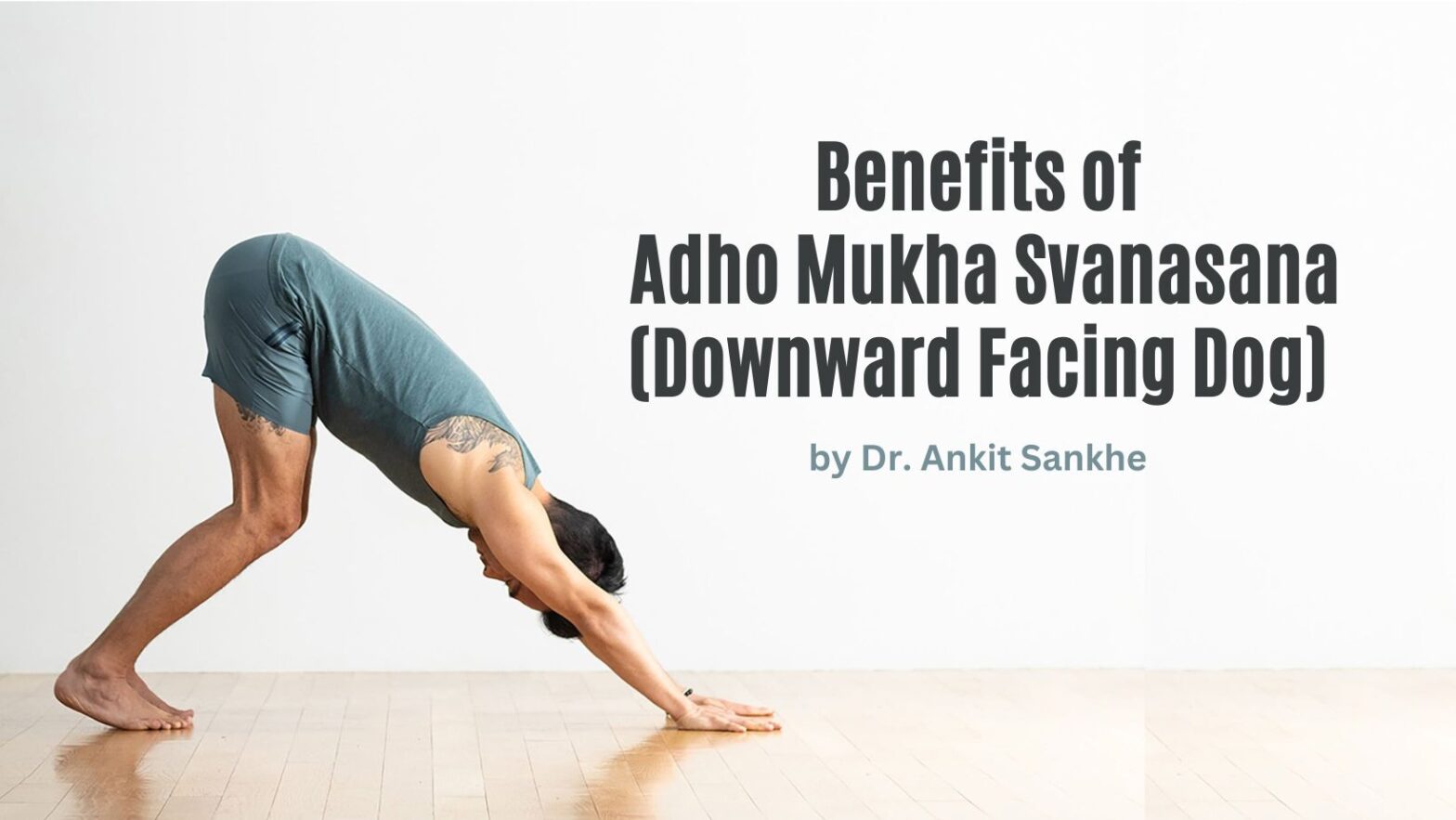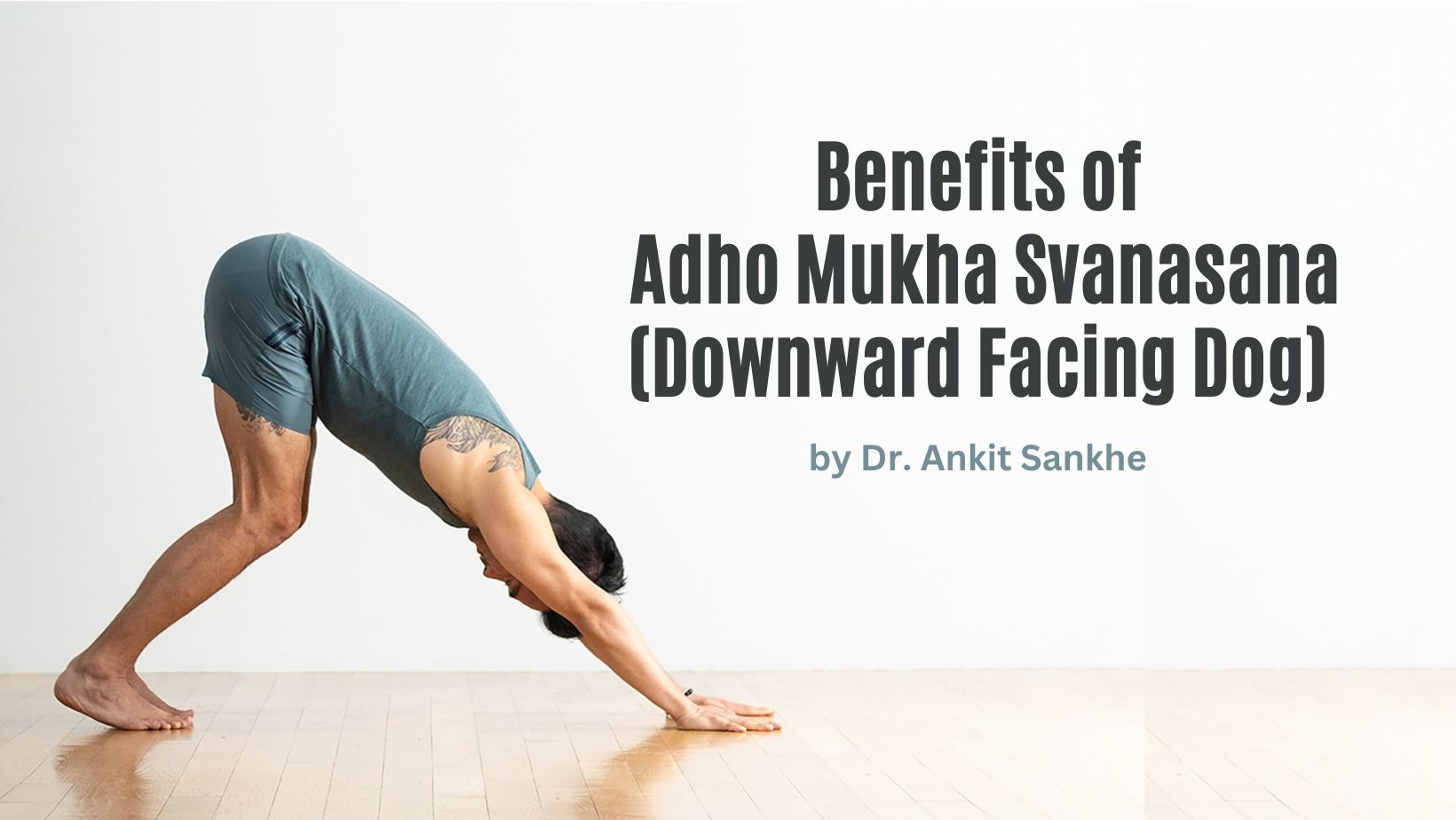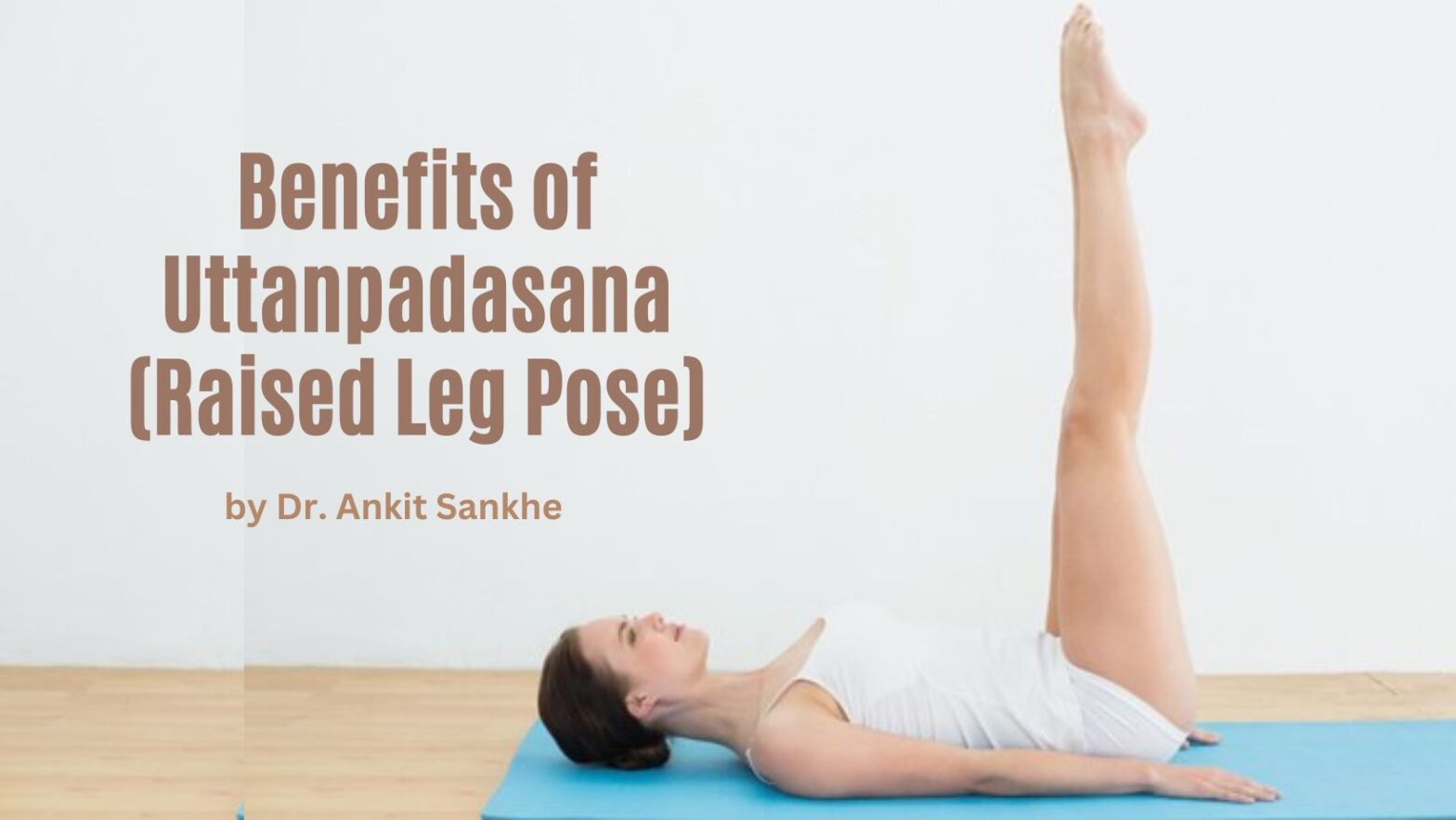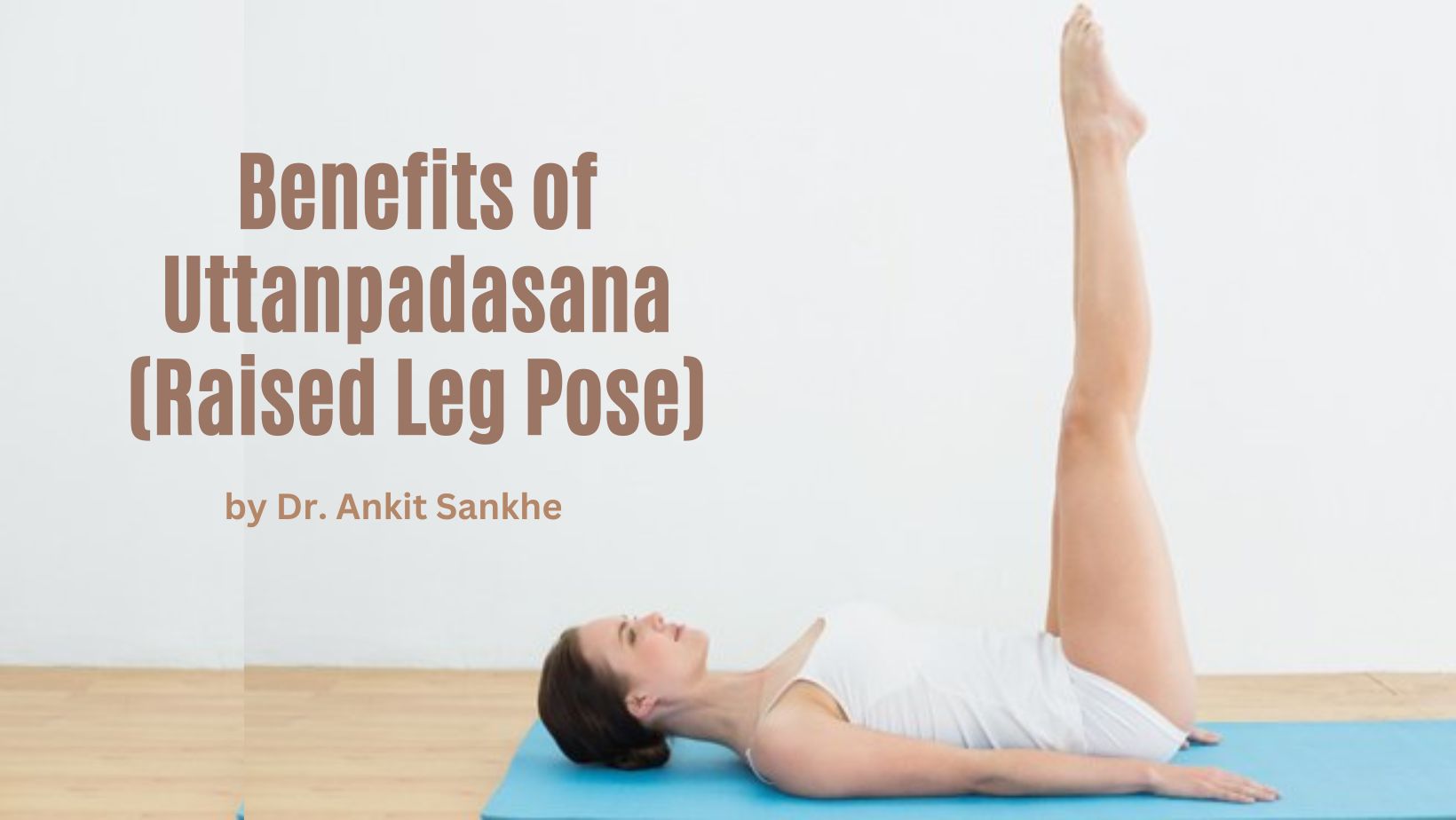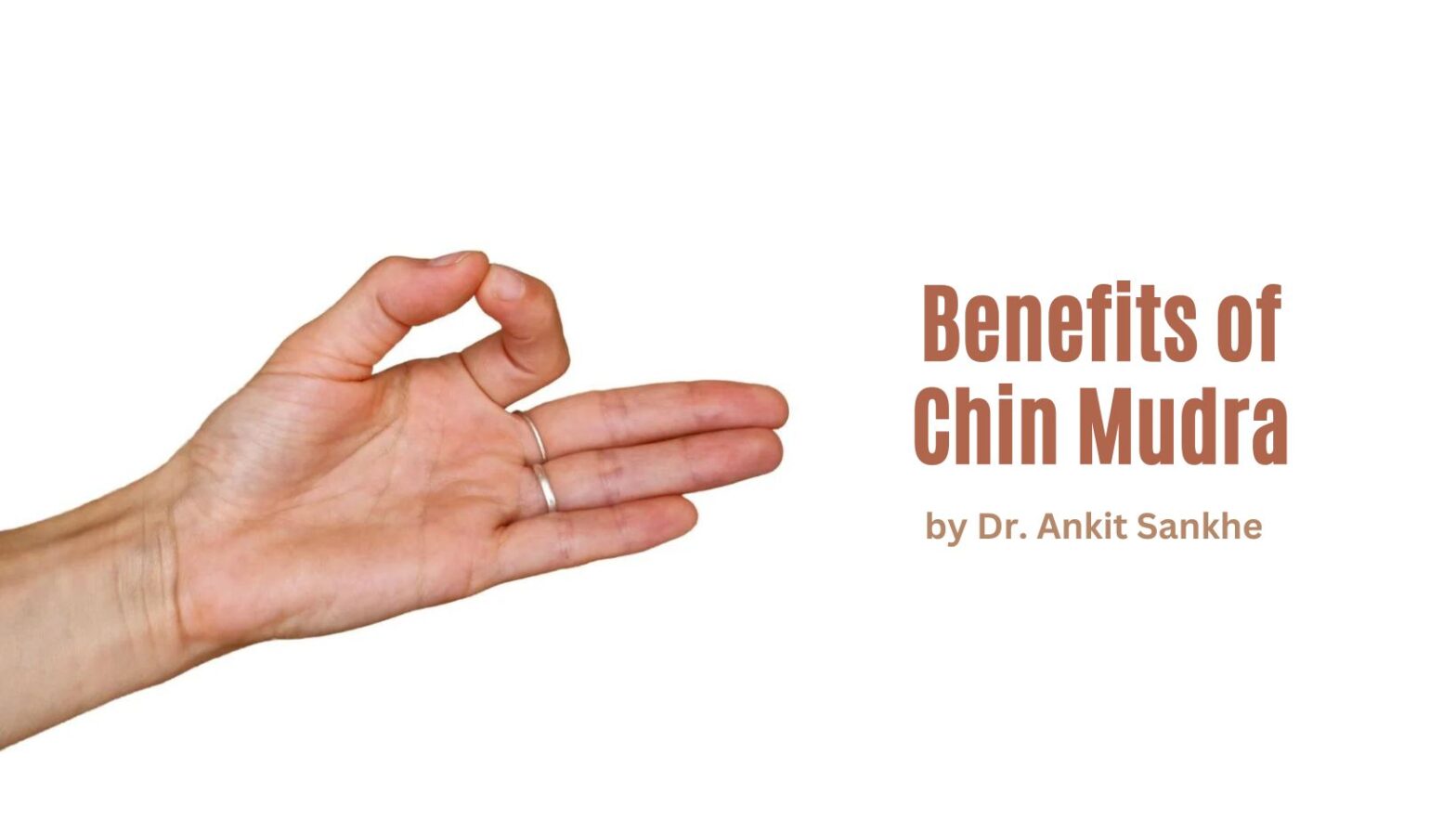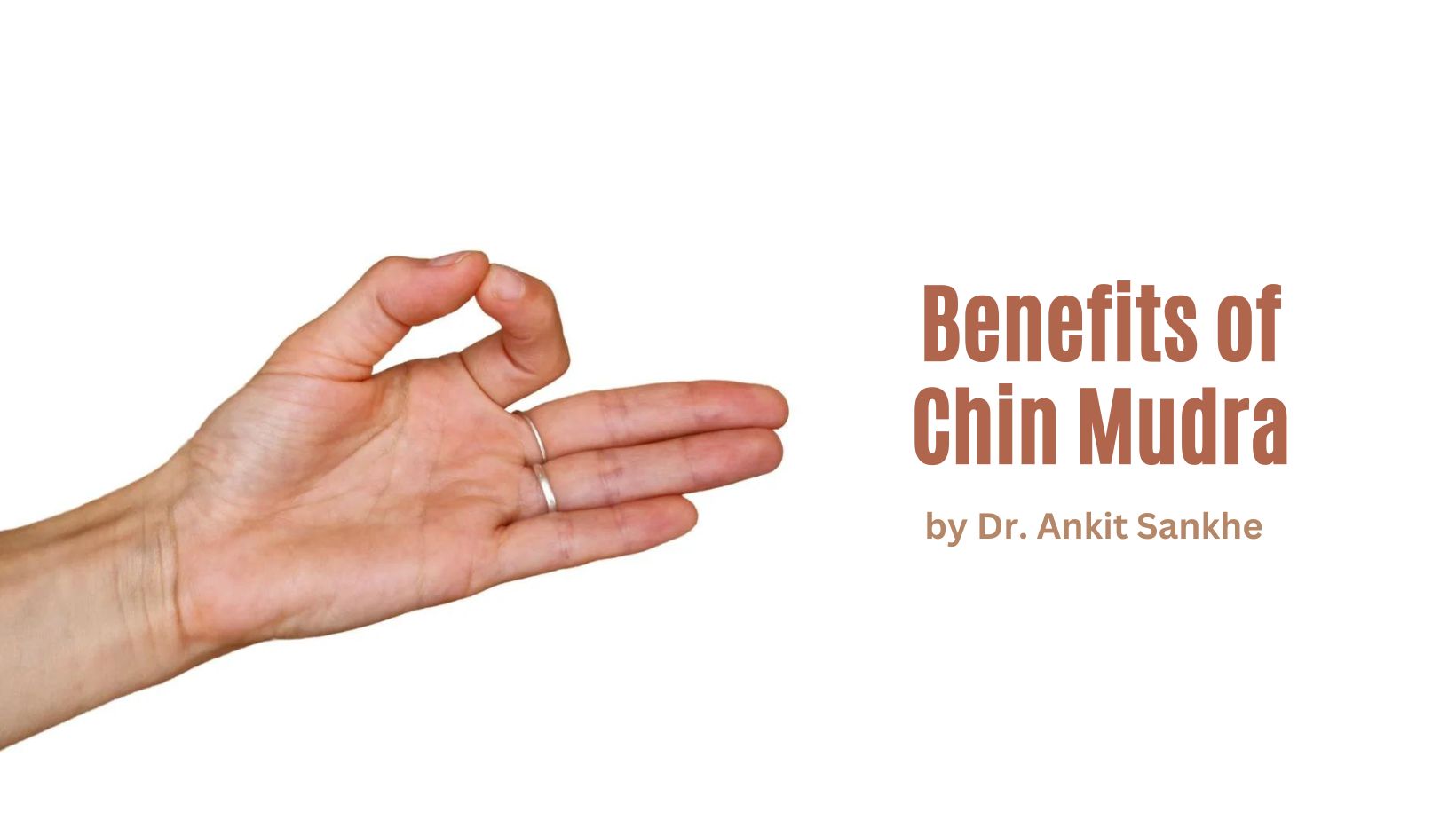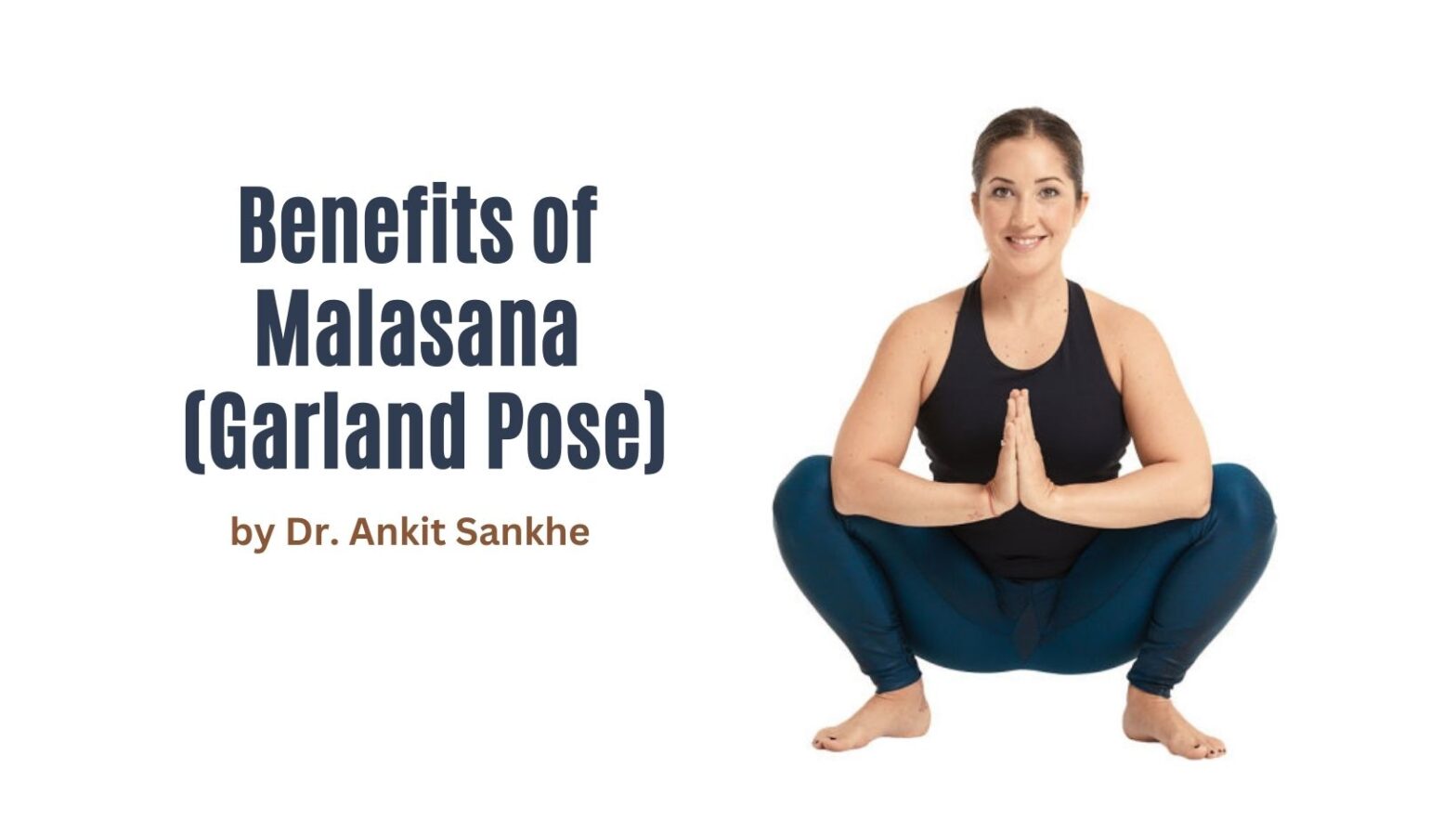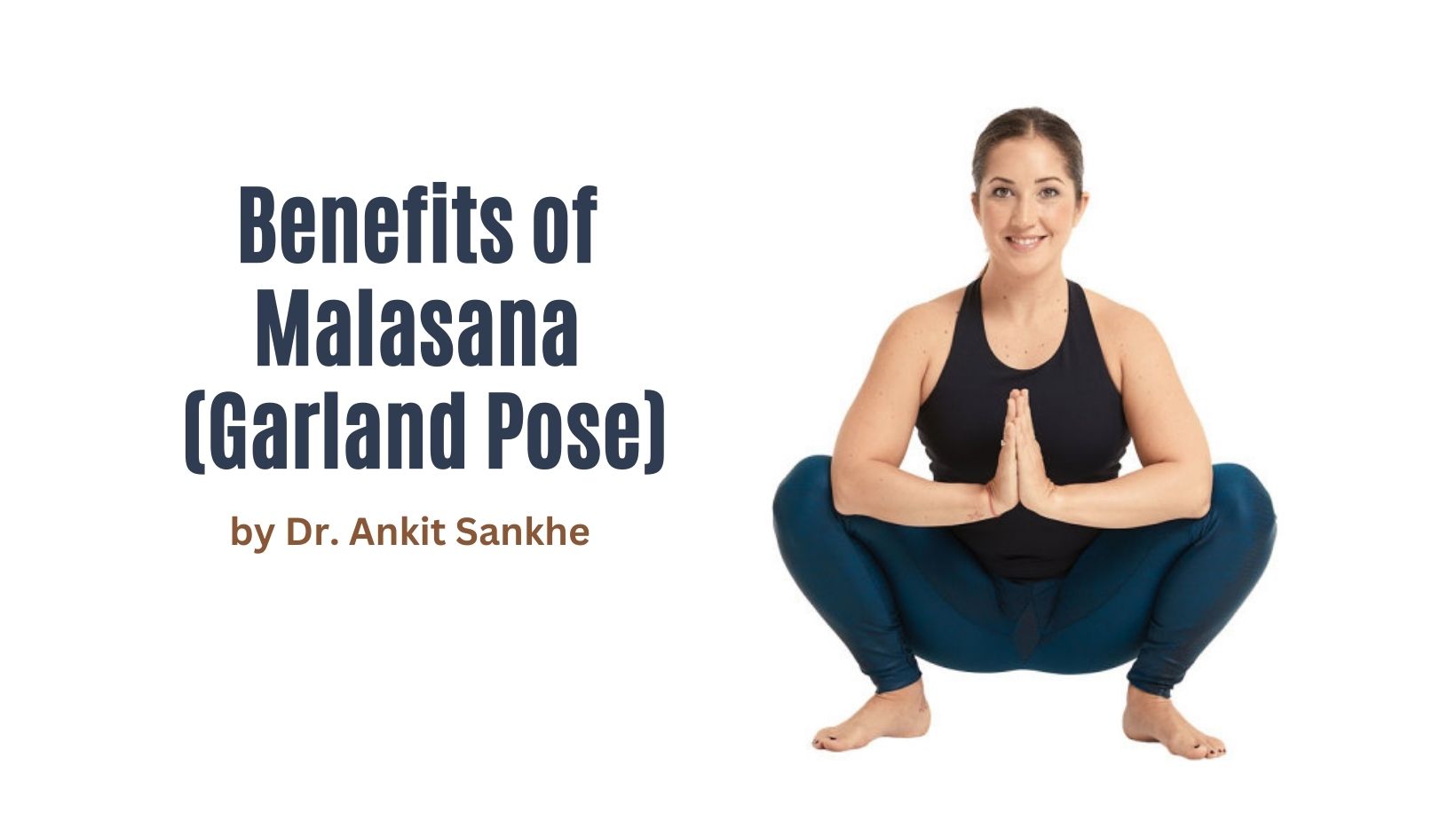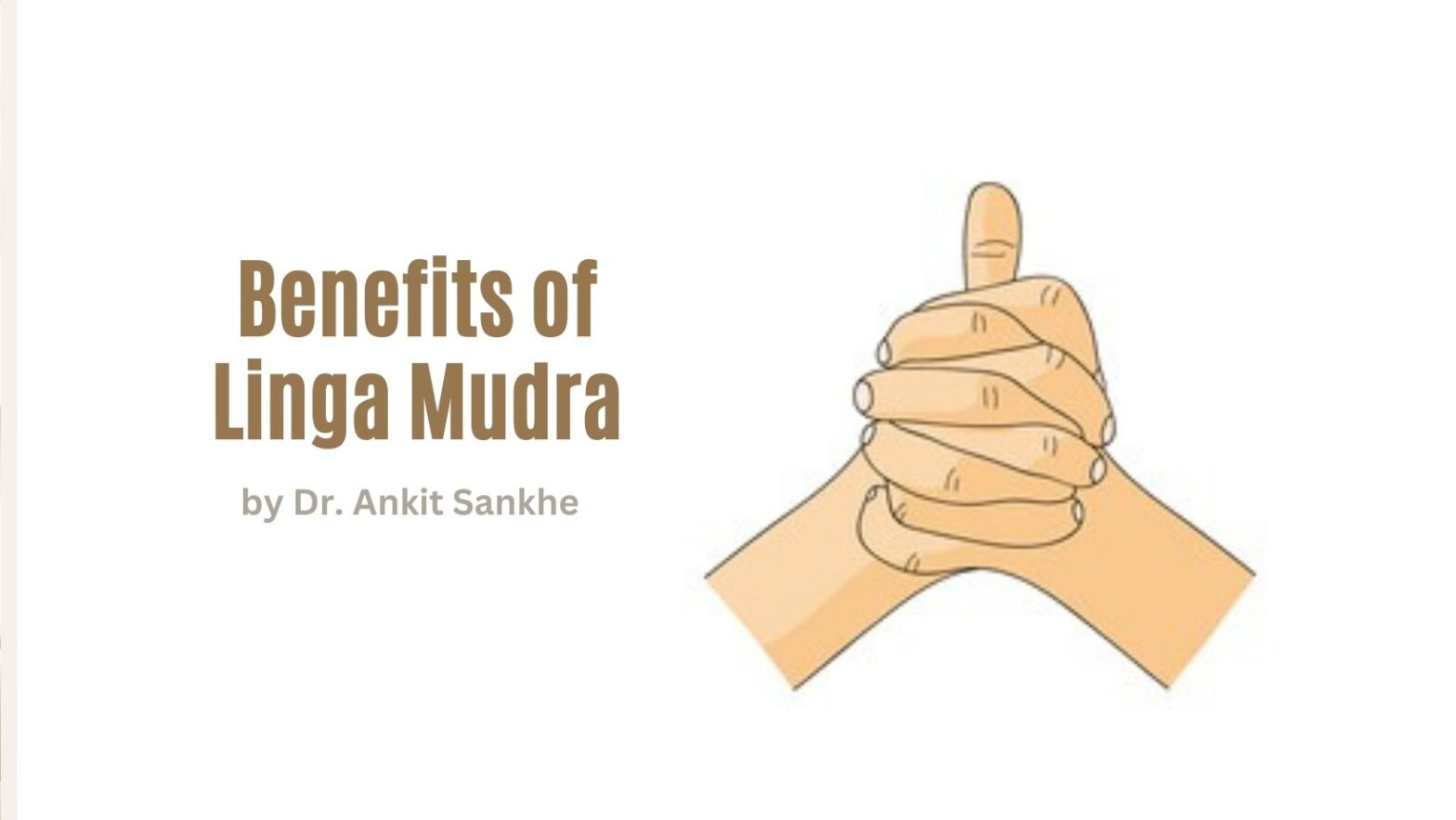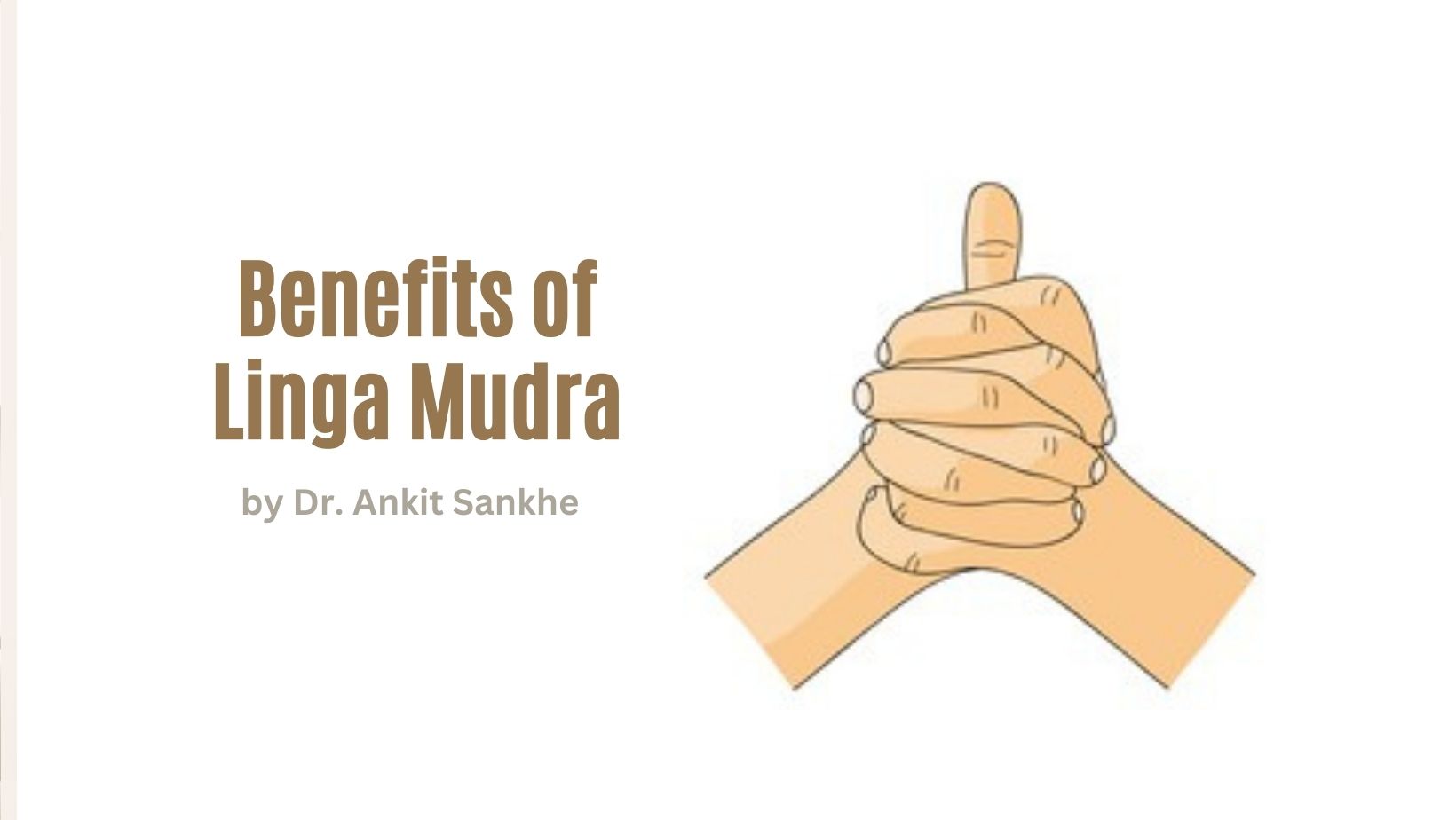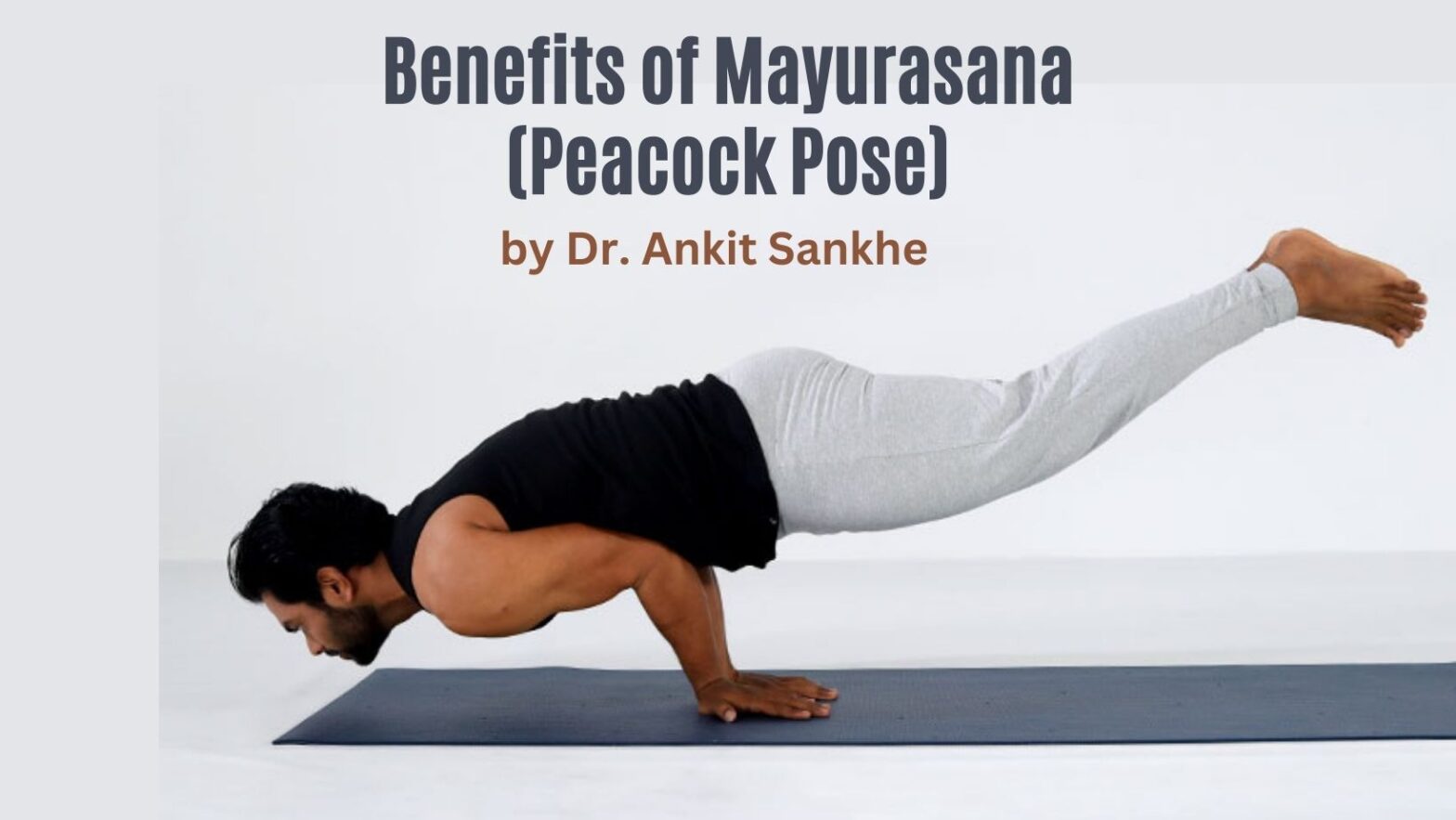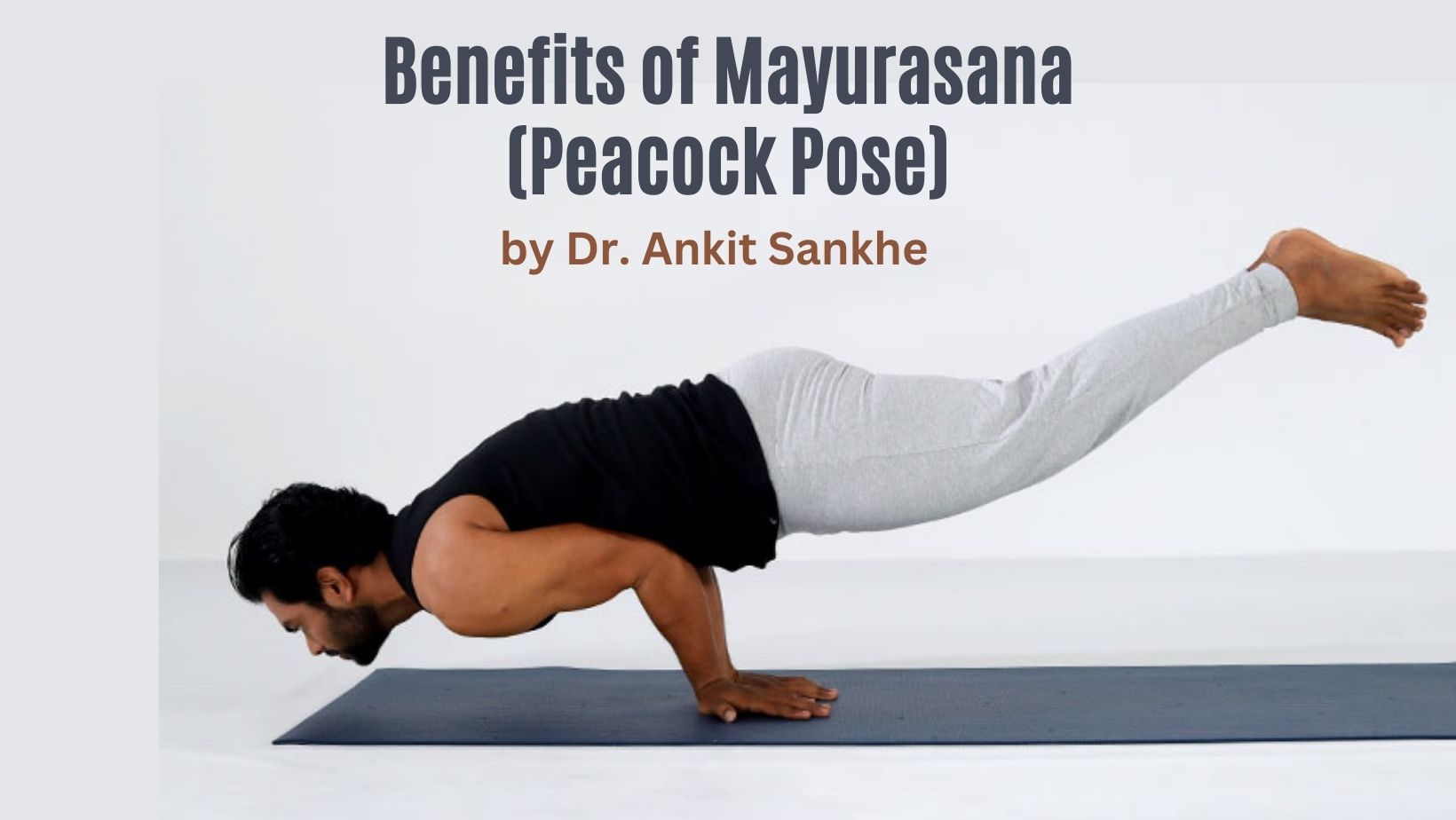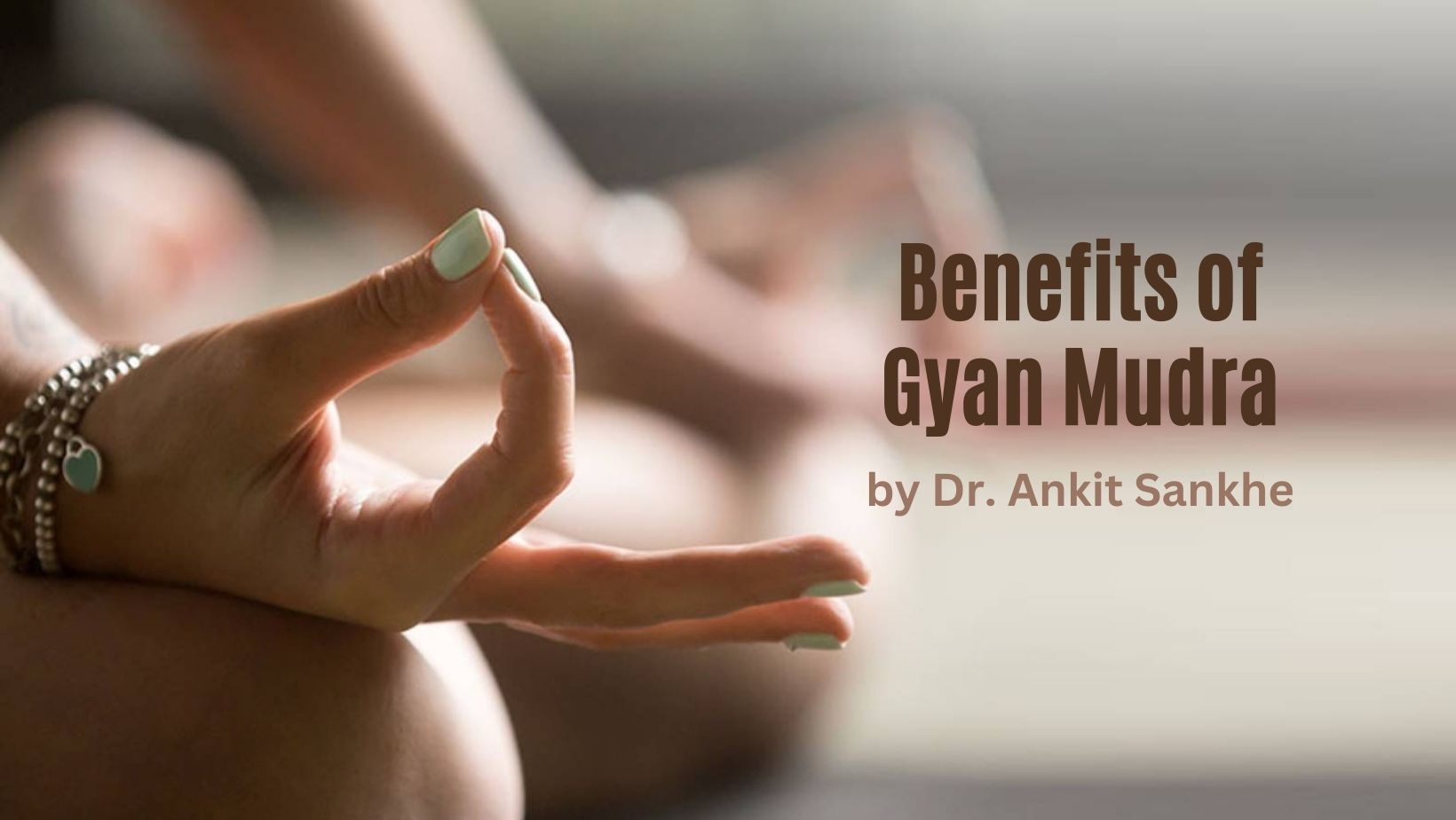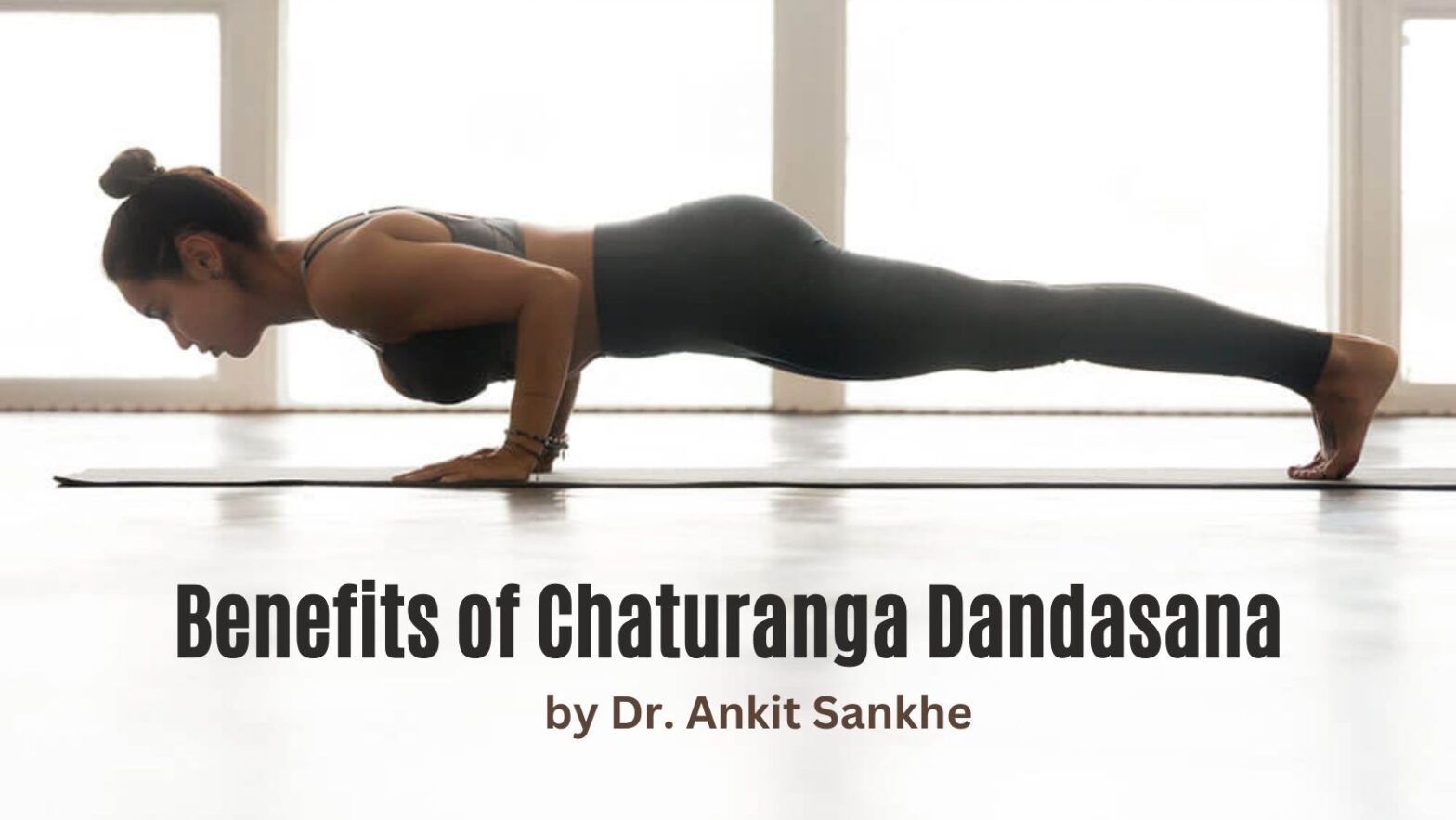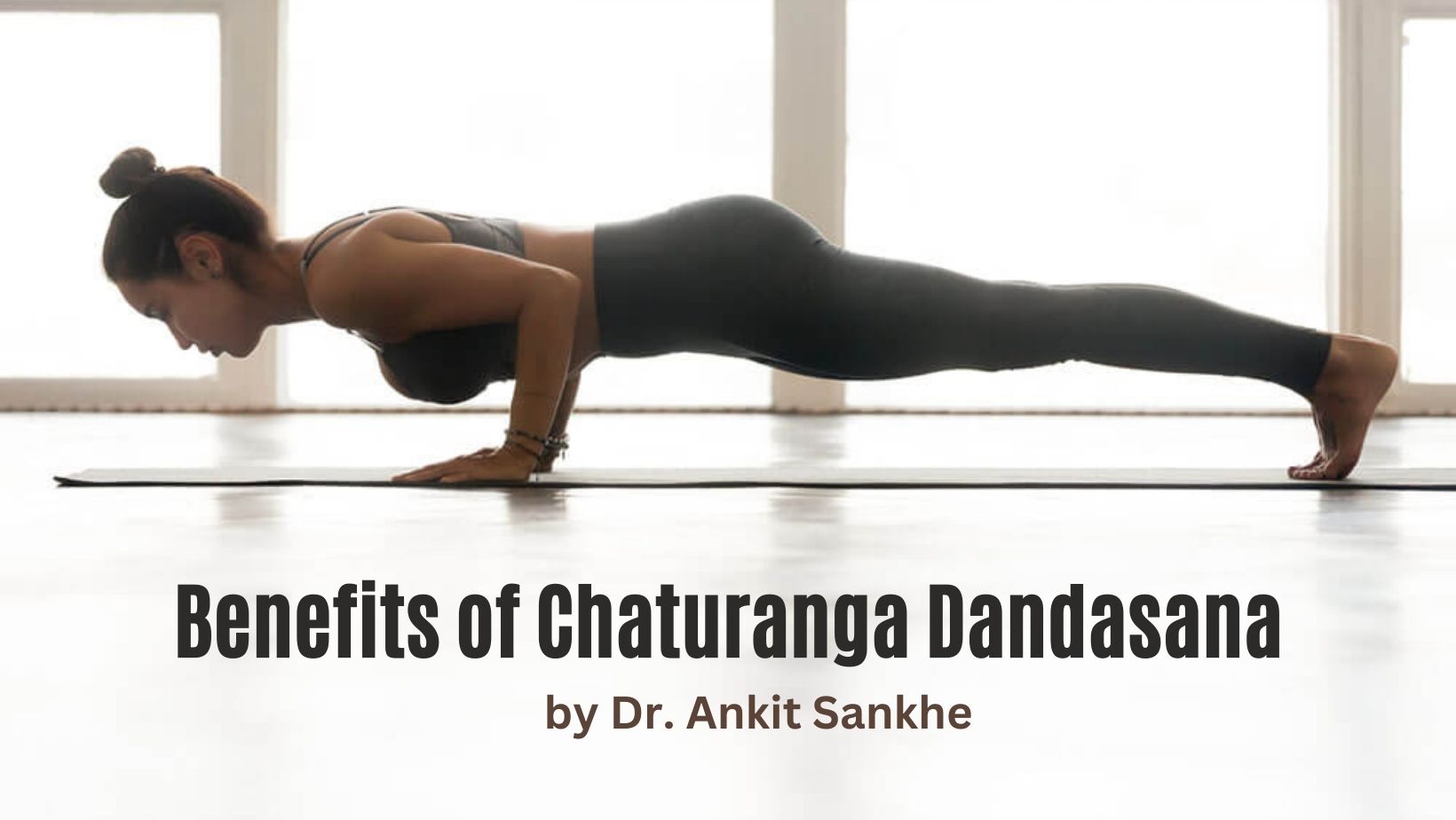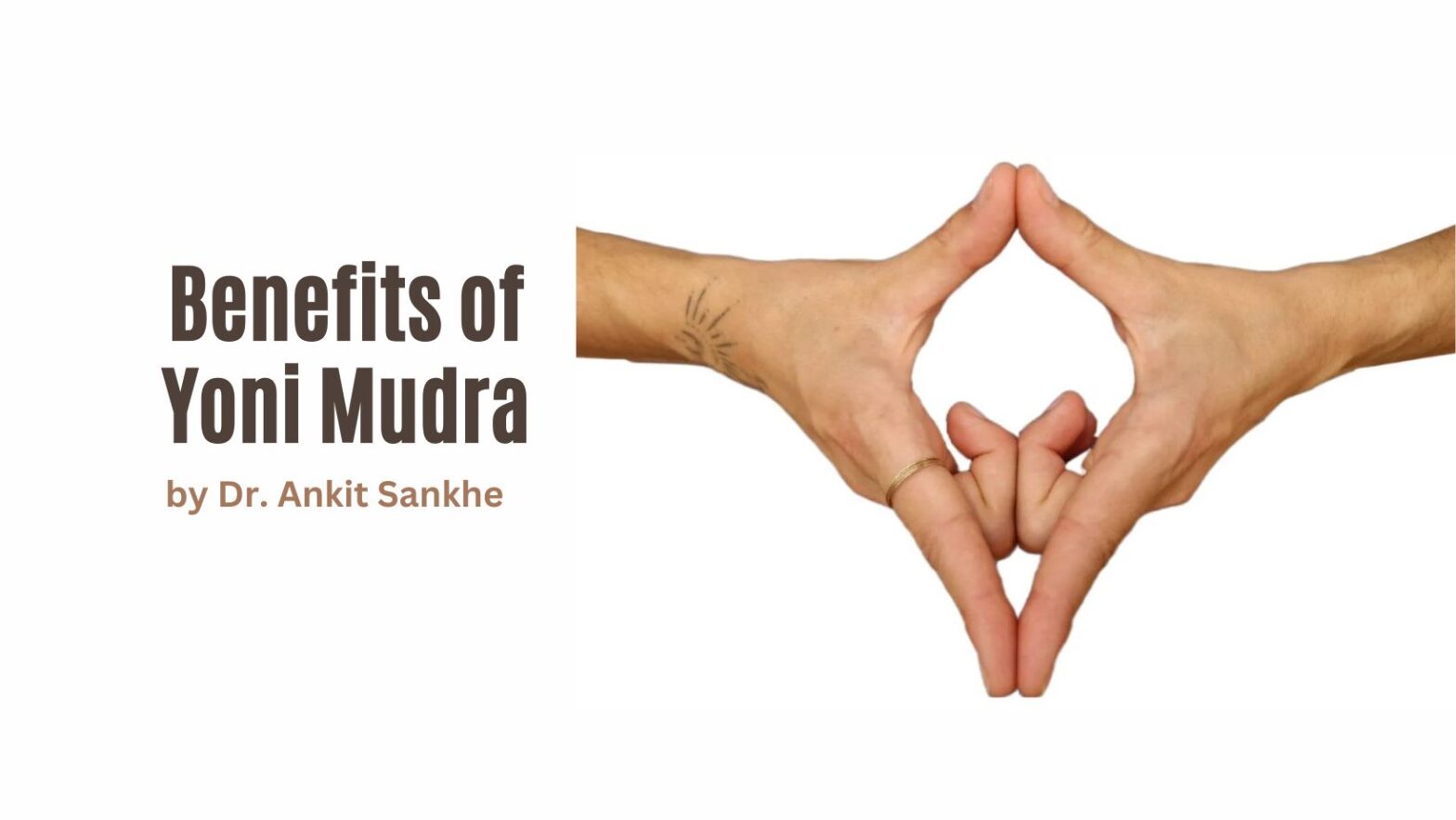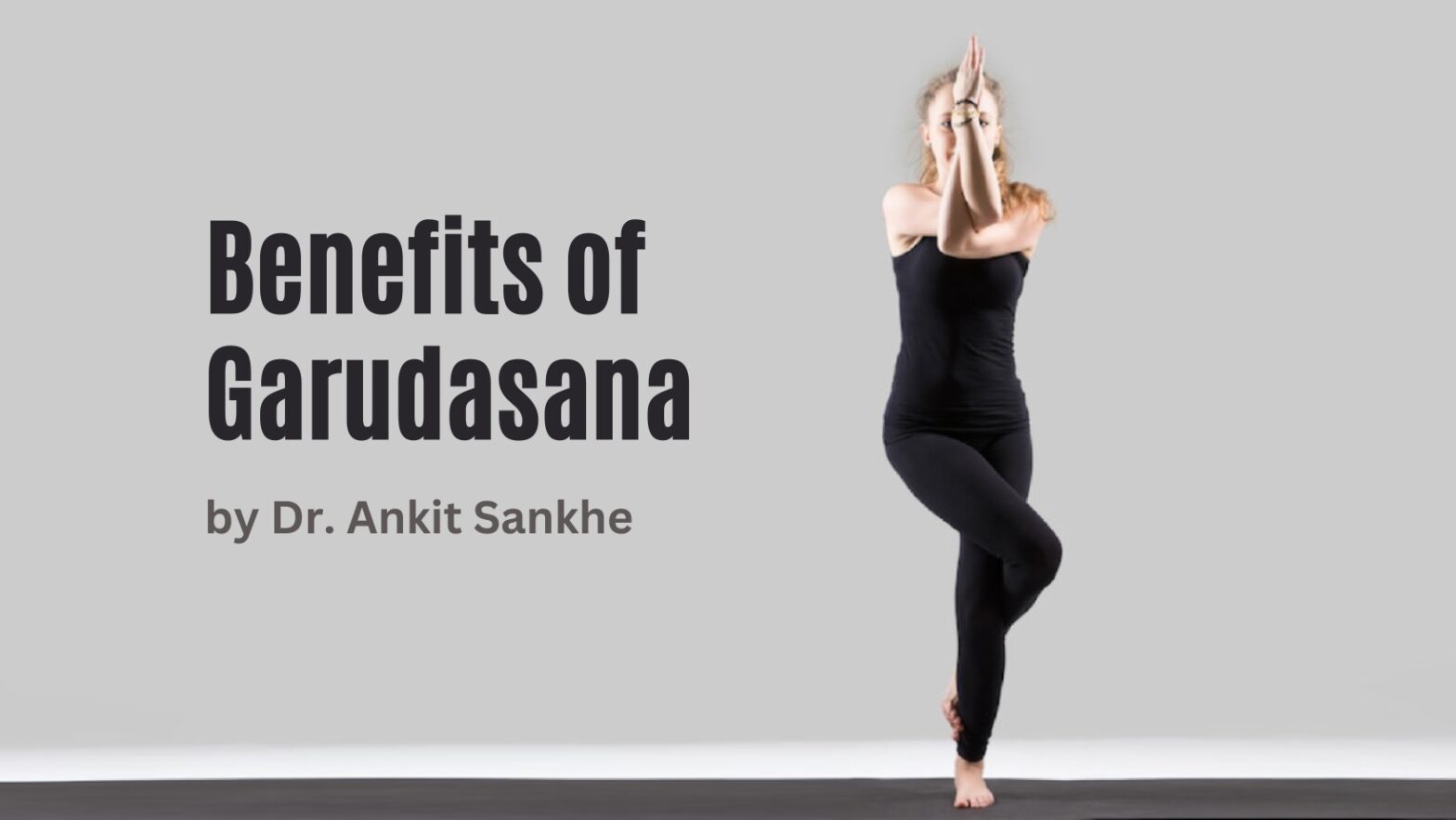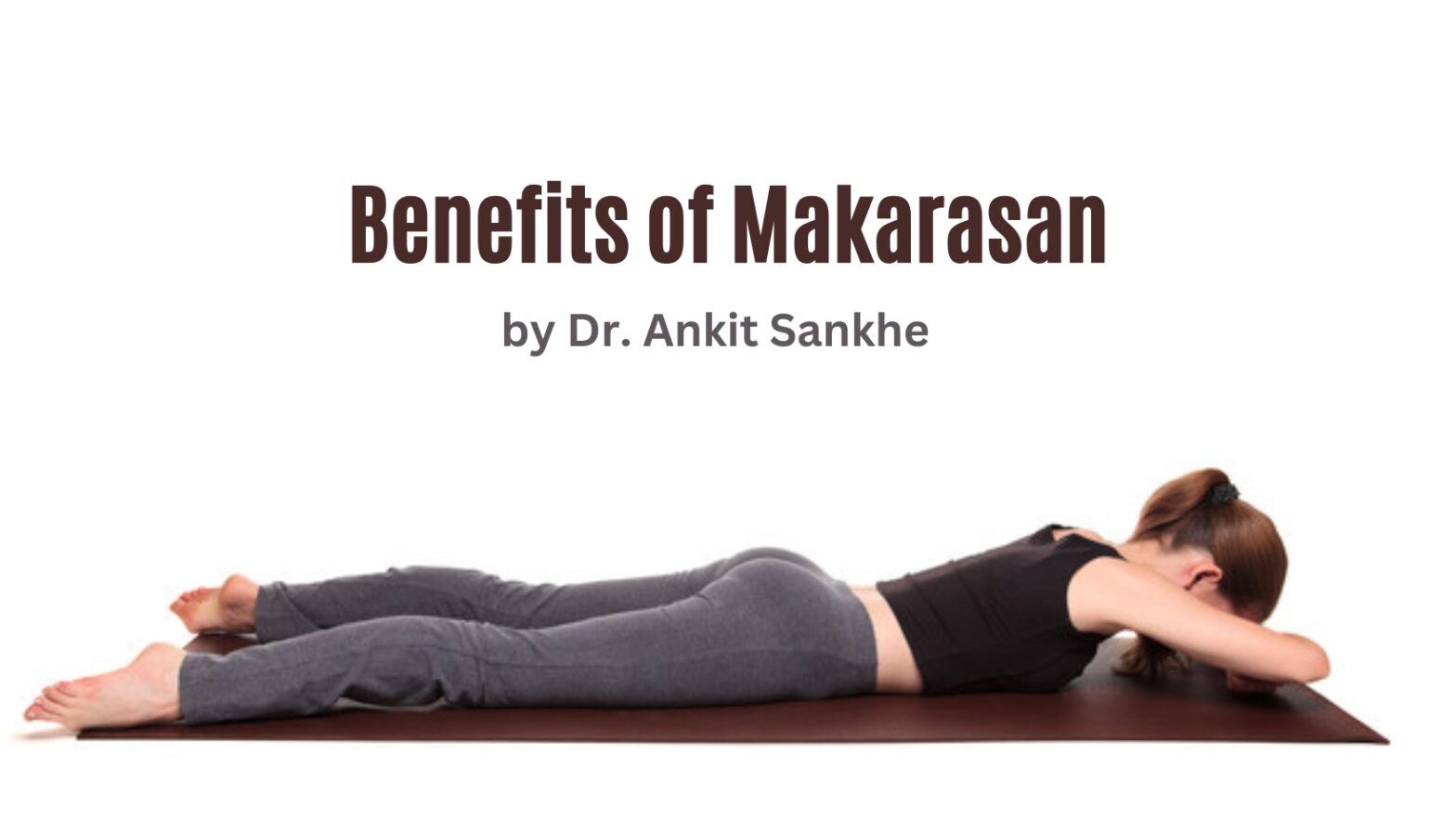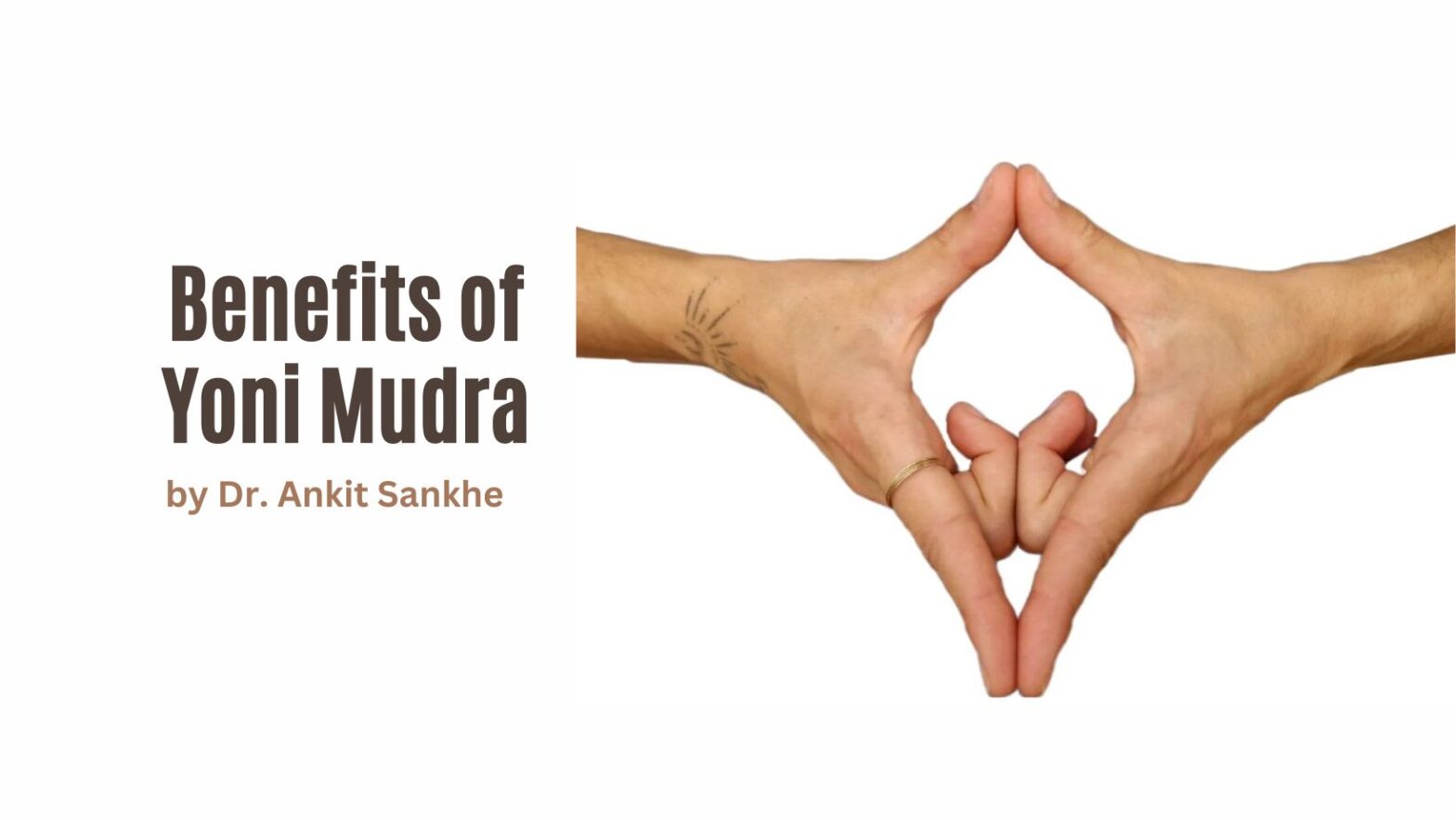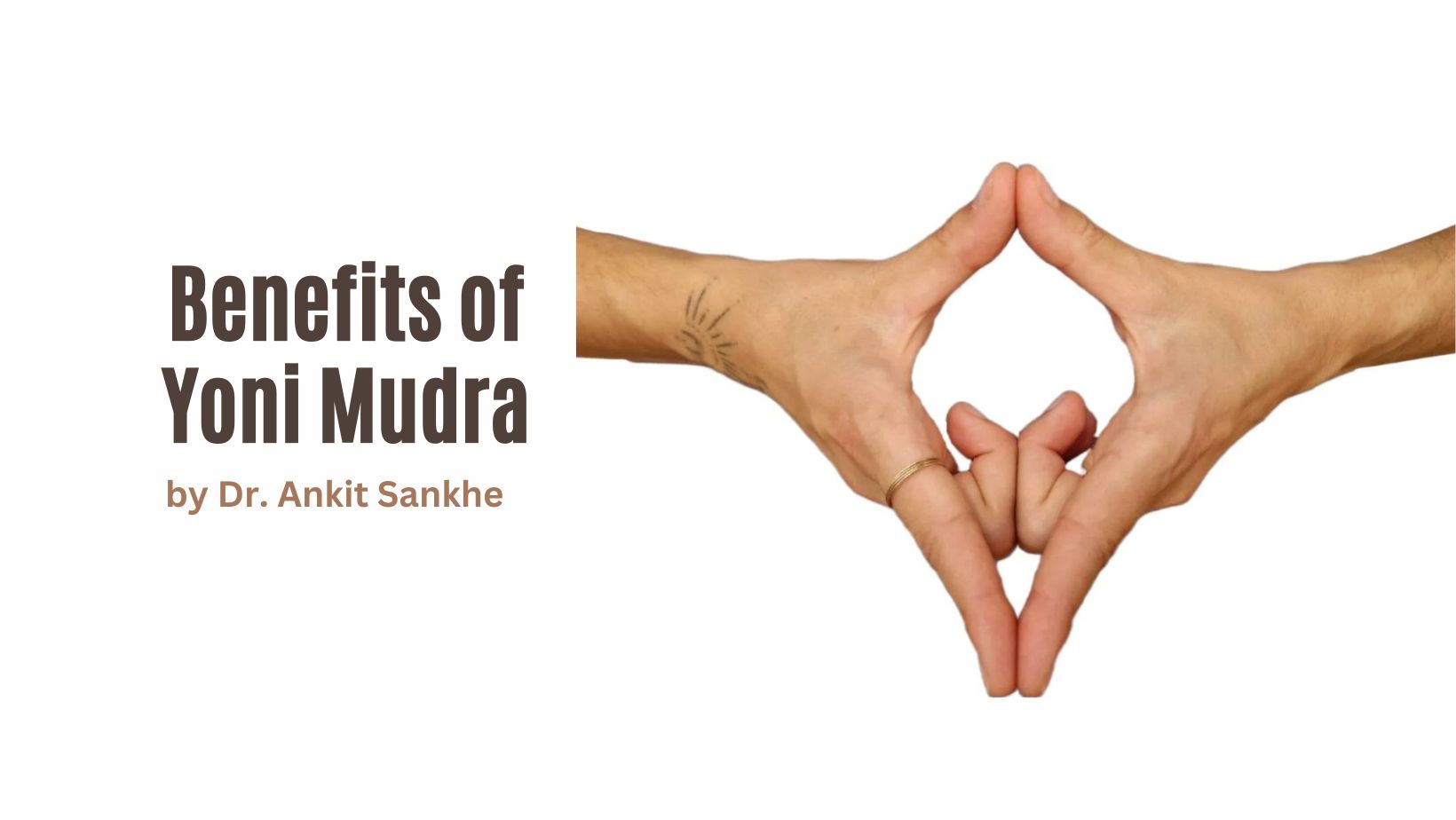Home » Blogs
Benefits of Supta Vajrasana (Reclined Thunderbolt Pose) and How to Do it By Dr. Ankit Sankhe

Introduction:
It doesn’t matter if you are a beginner or an expert. Yoga has something to offer to everyone from day one! People perform yoga for different reasons, for inner peace, healing, or fitness goals. There is a pose to suit every need. Yoga is so much more than a workout. It combines postures, deep relaxation, meditation and breathing exercises.1
The aim of the practice of yoga is self-realization. The word Yoga is derived from a Sanskrit word, which means ‘to join’ or ‘to unite’ The yogic scriptures say that yoga leads to the joining of individual consciousness to the universal consciousness.2 If you want to learn more about Supta Vajrasana, a variation of the traditional Vajrasana pose, keep reading!
What is Supta Vajrasana?
The word asana is a Sanskrit word that means pose or posture. Vajrasana is mentioned in the texts of Gheranda Samhita. To achieve Vajrasana, one should place the heels on either side of the anal region and tighten the thighs like a Vajra. In Hathayoga Pradipika, Vajrasana is mentioned as the synonym of Siddhasana.3 Supta Vajrasana is a variation of the Vajrasana pose. This pose is suitable for women who struggle with menstrual pain. It is an excellent exercise to increase blood flow in the internal organs like the kidney, pancreas and liver.4 The Supta Vajrasana also strengthens the muscles of the back, neck and chest region.3
How to do it?
The Supta Vajrasana is a type of Vajrasana. So, to start with this pose; you need to sit in the Vajrasana pose. Begin by following these steps:
- Start with the Vajrasana posture.
- Bend your torso backward from the waist slowly.
- Using your arms to support your body weight, bend till you can place your head on the ground.
- You can bring your palms together if you wish to rest your head on them.
- Make sure that only the upper part of the spine touches the floor.
- Close your eyes and breathe evenly.
- If you are a beginner, maintain the posture for 30 seconds.
- With practice, you can increase your duration to three minutes.4
- You can repeat the process one to three times depending upon your fitness.5
Do You Know?
Here are some fun facts about the Supta Vajrasana.
- The pose of Supta Vajrasana is also an excellent way to address emotions or sensations that you might have pushed away for too long. So, it’s a perfect pose to unwind emotionally.
- The tension trapped in your shoulders can also be released if you perform the Supta Vajrasana.6
Benefits of Supta Vajrasana:
Yoga offers many benefits for the body and mind. However, ensure you perform the pose correctly, following all the necessary precautions. Beginners need to complete the pose under the supervision of any instructor or teacher. This will help you perform the pose better and get the maximum benefits.
1. Benefits of Supta Vajrasana for muscular pain:
With our rapid lifestyle, we often face many health issues. Muscle pain has become a common problem for many of us. This is why more and more people are taking up yoga to stay healthy and fit. Supta Vajrasana yoga pose is known to strengthen the back, neck and chest muscles.3 It might also help with back pain because it involves stretching of the back.7 So it might be a good pose for people whose job involves sitting in one place all day.
2. Benefits of Supta Vajrasana for blood circulation:
Good blood circulation is very essential for a healthy body. Performing Supta Vajrasana might be an excellent choice to enhance blood flow in internal organs like the kidneys, liver and pancreas.4
3. Benefits of Supta Vajrasana for menstrual pain:
Many women struggle with abdominal pain when they are menstruating. This is an issue that is often neglected, and women struggle a great deal because of it. Yoga might be a good choice for women who want to get rid of this pain in the comfort of their homes. Supta Vajrasana helps stretch the pelvis and abdomen, making the uterus healthy. Also, it might help with menstrual problems like back pain.7 However, if your pain does not improve with these home remedies, make sure to consult with your healthcare provider or a gynaecologist.
4. Other benefits of Supta Vajrasana:
- Supta Vajrasana might help with gastric problems like gas and belching.
- Supta Vajrasana might help strengthen the lung muscles, thereby helping those with asthma and bronchitis.
- Supta Vajrasana might help increase the flexibility of the spine and hip region and stretch the thigh muscles.5
Yoga practice may help develop the mind and body; however, it is still not an alternative to modern medicine. Therefore, you must not rely on yoga alone to treat any condition. Instead, please consult a qualified doctor who will be able to assess your situation correctly and advise accordingly. Moreover, it is necessary to practice and learn yoga under the supervision of a trained yoga teacher to avoid any injuries.
Risks of Supta Vajrasana:
During the initial stages, it is best to perform the exercise under the supervision of a yoga practitioner or an expert. You need to keep some things in mind before doing the Supta Vajrasana.
- If you have recently suffered an asthma attack and suffer from acute pain in the lumbar spine region, you need to avoid performing the Supta Vajrasana.
- Also, if you have had any knee or abdominal surgery, avoid doing the Supta Vajrasana.5
With the guidance of a qualified and experienced yoga teacher/yoga expert, we can access and analyse the risk factors and continue to practice exercise with precautions.
Conclusion:
Yoga is an excellent way to stay healthy and fit, as it can be performed in the comforts of your home. Supta Vajrasana is a variation of the sitting pose of Vajrasana. This Asana is good for increasing blood circulation in vital organs like the liver, kidney and pancreas. It might also help strengthen the neck, back and chest muscles. Women who struggle with menstrual pain can also do Supta Vajrasana to alleviate the pain. However, an important thing to note is that it should not be performed in case of an asthma attack or any significant knee or abdominal surgery. If you are a beginner, complete the pose under the guidance of a trained professional. It will help you do the pose correctly and get the best out of it.
Frequently Asked Questions
References:
1. Introduction to Yoga – Harvard Health [Internet]. [cited 2022 Oct 12]. Available from: https://www.health.harvard.edu/exercise-and-fitness/introduction-to-yoga-copy
2. Yoga: Its Origin, History and Development [Internet]. [cited 2022 Oct 12]. Available from: https://www.mea.gov.in/in-focus-article.htm?25096/Yoga+Its+Origin+History+and+Development
3. Sharma DrD. Review and Importance of Vajrasana in Daily Life. Int J Res Appl Sci Eng Technol [Internet]. 2021 Feb 28 [cited 2022 Oct 12];9(2):230–3. Available from: https://www.researchgate.net/publication/349672709_Review_and_Importance_of_Vajrasana_in_Daily_Life
4. Supta Vajrasana – The Diamond Pose, in recline | Benefits | Learn Yogasanas Online | Yoga and Kerala [Internet]. [cited 2022 Oct 12]. Available from: https://www.keralatourism.org/yoga/standing-postures/supta-Vajrasana
5. Supta Vajrasana [Internet]. [cited 2022 Oct 12]. Available from: https://www.yogaindailylife.org/system/en/level-4/supta-Vajrasana
6. Benefits of the Supta Virasana Iyengar Yoga Asana [Internet]. [cited 2022 Oct 12]. Available from: https://www.simplyyoga.com.au/2016/10/21/supta-virasana-supine-hero-pose/
7. Shri Sridharan YS, Deepak Professor of Physiology KK, Thakur JS, Nesari Director T, Ravindra Professor of Physiology N, Basavaraddi Director I v, et al. Yoga Vijnana (The Science and Art of Yoga) Editorial Board Advisory Board Editor-in-Chief Executive Editor. Half Yearly Journal of MDNIY. 2021;1(2).
Disclaimer: The information included at this site is for educational purposes only and is not intended to be a substitute for medical treatment by a healthcare professional. Because of unique individual needs, the reader should consult their physician to determine the appropriateness of the information for the reader’s situation


